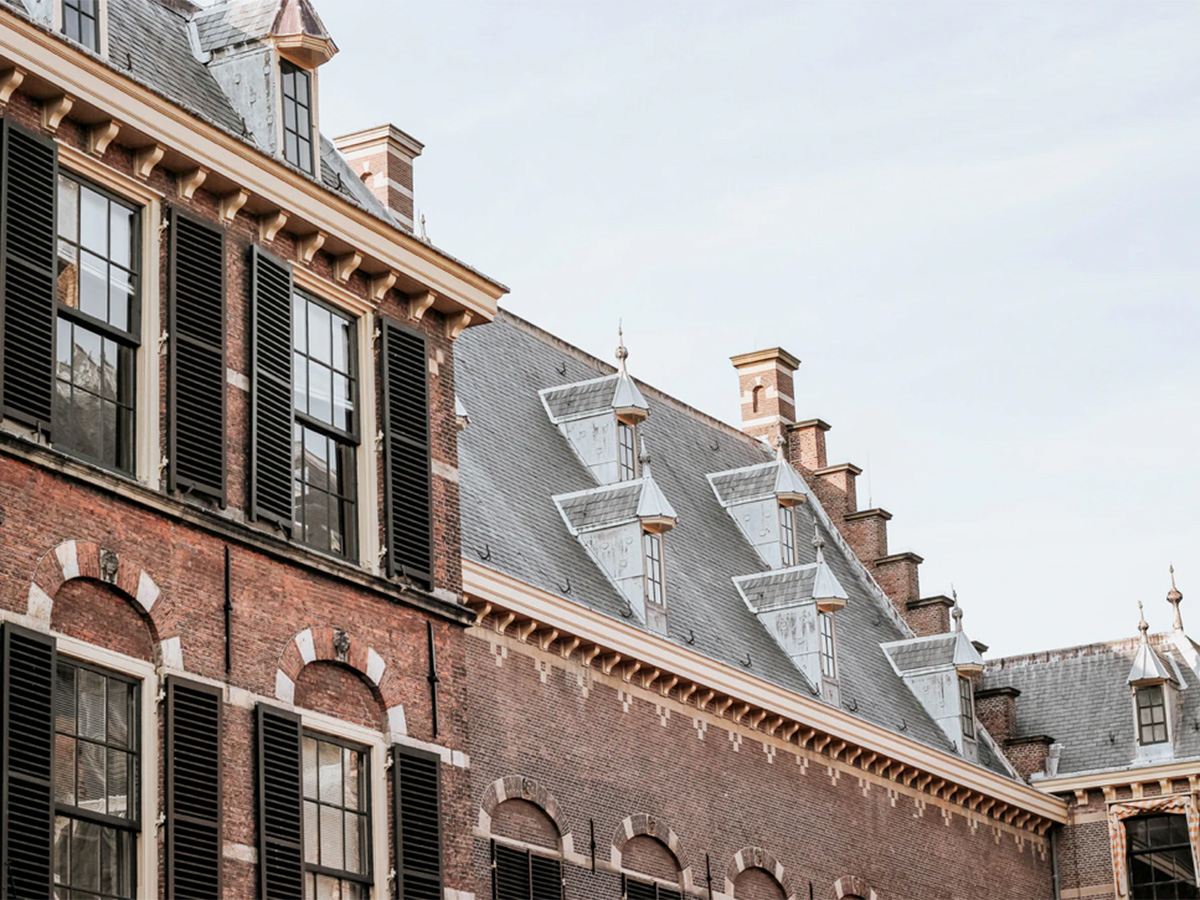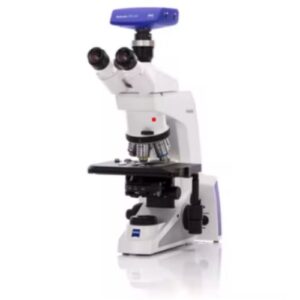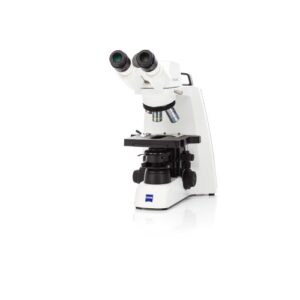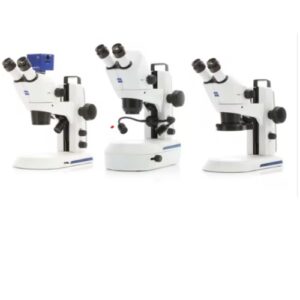Source: Unsplash
Antonie van Leeuwenhoek is a Dutch microscopist who was the first to observe bacteria and protozoa through the use of a single-lens microscope. He is widely considered to be “the Father of Microbiology”. In this iteration of “Behind the Microscope,” let’s take a closer look (pun intended) at one of the original researchers in the field.
Who was Antonie van Leeuwenhoek?
Van Leeuwenhoek was not the inventor of the microscope. But, he made considerable advancements in the field that made him worthy of discussion. He spent years studying microscopic specimens by using his single-lens microscope he made himself. His discoveries include bacteria, protozoa, spermatozoa, and blood cells from animals (humans included!). It wasn’t until centuries later that people would take his findings as a stepping stone towards the field of study called microbiology.
Life and Career
Antonie van Leeuwenhoek was born on October 24, 1632 in Delft, Netherlands. He was the youngest child of his family, born one month after his older brother. His father, Gerrit van Leewenhoek, was a stonemason whose work included architectural designs for churches at Vaartse-Meer in Delft and Schiedam. During his childhood, the Netherlands were in constant conflict with Spain (the Eighty Years’ War). When he was two years old, his father had to go to a war camp, and the family had to move to Delft where his mother’s parents lived in a house called “De Jonge Doelen” (The Young Vowels). Van Leeuwenhoek only lived there for a while, until his mother remarried in 1641. His stepfather moved the family to a town called Warmond, where he attended school until he was 12 years old.
Van Leeuwenhoek was very interested in optics and optical glassblowing. In 1651, he moved to Delft where he opened his own glassworks. It was then that he became interested in studying animals and the microscopic world around him. In contrast to the traditionalist views of scientists on spontaneous generation, Van Leeuwenhoek didn’t believe that microscopic life was created without external factors. In particular, he showed that weevils of granaries are actually grubs that came from egg deposits of other insects. It was a controversial stance because at the time some scientists believed that microscopic creatures such as fleas spontaneously generated from sand.
Contributions to the Field
Van Leeuwenhoek’s contributions to the scientific community are vast. Of course, as described above, Leeuwenhoek wasn’t afraid to shake things up in terms of scientific claims. But less know to the general public are his contributions to advancing the field of microscopy and microbiology. He contributed over 370 articles to the journal “Philosophical Transactions of the Royal Society” and 27 articles to the “Paris Academy of Sciences.” But his accomplishments weren’t limited to writing: Antonie van Leeuwenhoek made more than 500 optical lenses and created at least 25 single-lens microscopes. Moreover, Van Leeuwenhoek was the first person to use a histological stain to color specimens observed under the microscope using saffron.
Van Leeuwenhoek wasn’t the first in the field of microscopy, but he was one of the greatest researches of his time and greatly advanced the field. He was also the first to observe bacteria and protozoa, as well as the first person to observe a red blood cell. Without Antonie van Leeuwenhoek, we may never have seen what was in our own bodies nor come close to understanding how living things work at a microscopic level.
Citation: Britannica




